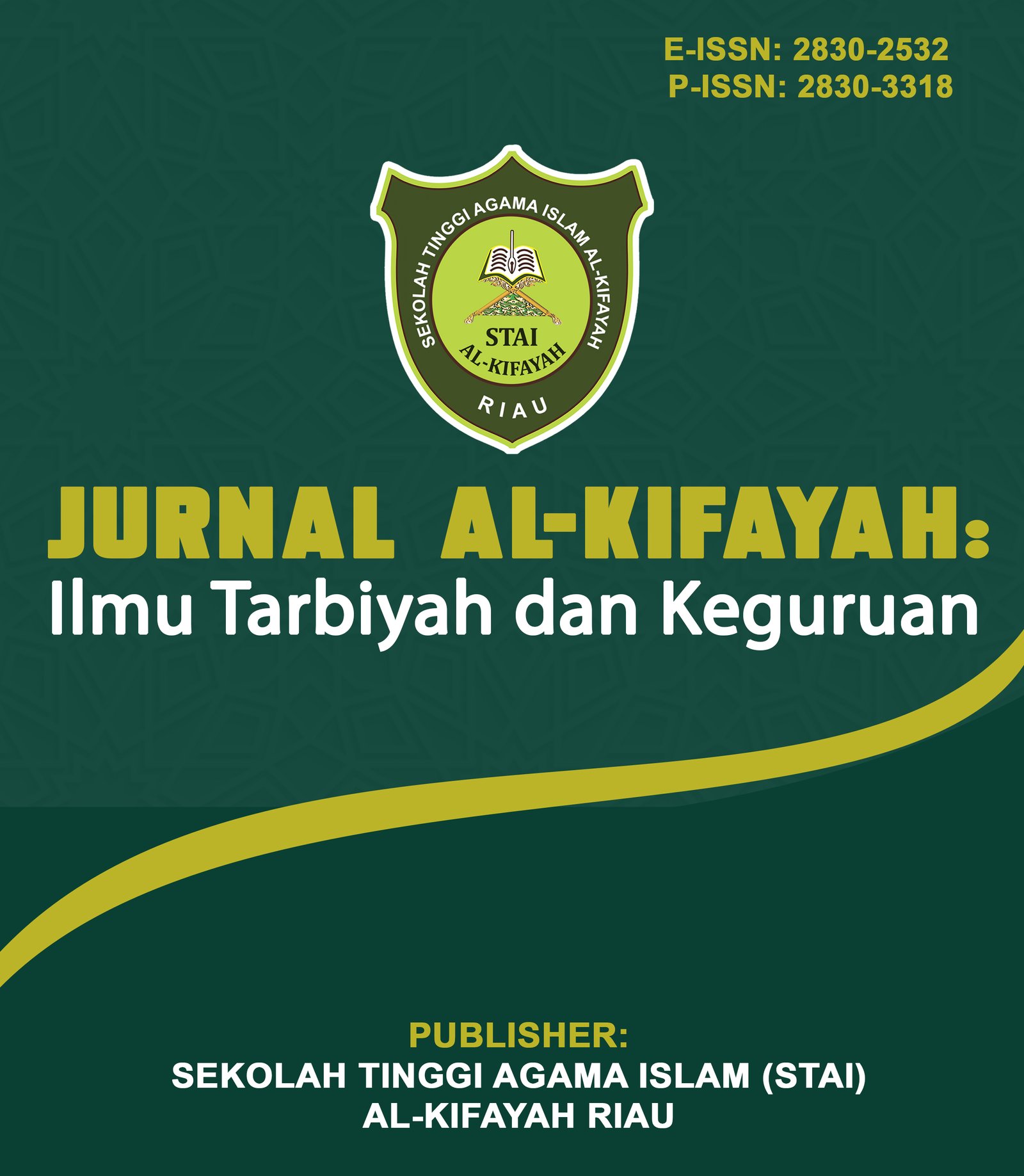Sistem Militer Sultan Muhammad Al-Fatih Dinasti Turki Utsmani
DOI:
https://doi.org/10.53398/ja.v3i1.562Keywords:
Military, Sultan Muhammad Al-Fatih, Ottoman Türkiye;Abstract
The Ottoman Dynasty or better known as the Ottoman Turkish Sultanate was established from 1281 to 1924 AD. The era of Sultan Muhammad Al-Fatih who led from 1451–1481 AD was not only due to his quality as a leader who brought many changes to the Ottoman Turkish military system. Also because Sultan Muhammad Al-Fatih and his troops succeeded in conquering Constantinople and became the best leader and troops as mentioned by the Prophet Muhammad SAW. The purpose of this study is to describe the military policy of the Sultan Muhammad Al-Fatih era in 1451-1481 AD and to describe the military development of the Sultan Muhammad Al-Fatih era in 1451-1481 AD. In this article, the use of literature is prioritized, meaning that this article focuses on library research, because the analysis is directed at books and writings related to the discussion. The results of this study show that the organization of the Ottoman Turkish military system during the Sultan Muhammad Al-Fatih era was based on two things, namely internal and external factors. Internal factors such as the fact that he was a successor to the Ottoman Dynasty who was one of the great leaders of Islam whose piety, intelligence and personality were evident. Then external factors include his troops and weapons, both those that he maintained from the previous king's system and the innovations of Sultan Muhammad Al-Fatih. The military policies made by Sultan Muhammad Al-Fatih also included elements that paid attention to piety, welfare, togetherness, and the war skills of his troops. While the development of Sultan Muhammad Al-Fatih's military system included land and sea troops which were recognized by the world as one of the best troops ever
References
Ash-Shallabi, Ali Muhammad, Bangkit dan Runtuhnya Khilafah Utsmaniyah, terj. Samson Rahman (Jakarta: Al-Kautsar, 2016), hlm.12
David Nicolle, dkk. 2020. Dalam Perang Salib, terj. Patricia Dwi Wulandari, Jakarta: Kepustakaan Populer Gramedia
Firas AlKhateeb,2016. Sejarah Islam yang Hilang, terj. Mursyid Wijanarko. Yogyakarta: Bentang
Haidar Putri Daulay, dkk. 2020. Sejarah Kepemimpinan Muhammad Al-Fatih Sebagai the Best Leader), Jurnal Kajian Islam Komtemporer, Vol.1, No.2
Maidir Harun dan Firdaus, 2012. Sejarah Peradaban Islam. Padang: IAIN-IB Press
Martin J. Dougherty, 2015. Senjata dan Teknik Bertempur Kesatria Abad Pertengahan 1000 - 1500 M, terj. Agustina Reni. Jakarta: Elek Media Komputindo
Muhammad Said Mursi, 2018. Tokoh-Tokoh Besar Islam Sepanjang Sejarah, Jakarta: Pustaka Al-Kautsar
Nina Karina dan Retno Sasongkowati, 2015. History of The World, Yogyakarta: Indoliterasi
Rahman, Afzalur. 2016. Nabi Muhammad Sebagai Seorang Pemimpin Militer, terj. Anas Sidik. Jakarta: Amzah
Ramzi Al-Munyawi, 2016. Muhammad Al Fatih Penakluk Konstantinopel, terj. Muhammad Ihsan. Jakarta: Al Kautsar
Sami bin Abdullah al Maghluts, 2019. Athlas al Adyan, terj. Fuad Syaifuddin Nur, Jakarta: Almahira
Sami bin Abdullah al-Maghluts,2019. Athlas al Adyan, terj. Fuad Syaifuddin Nur. Jakarta: Almahira
Samsul Munir,2017. Sejarah Peradaban Islam. Jakarta: Amzah
Sarkawi, 2016. Peranan Muhammad Al-Fatih Dalam Penaklukan Konstantinopel Tahun 1453 Masehi, Jurnal Criksetra, Vol. 5, No.10
Siauw, Felix Y. 2013. Muhammad Al-Fatih 1453, Jakarta: Al-Fatih Press
Syaikh Ramzi Al Munyawi, 2016. Muhammad Al Fatih Penakluk Konstantinopel, Jakarta: Pustaka Al-Kautsar
Yatim, Badri. 2017. Sejarah Peradaban Islam. Jakarta: Rajagrafindo Persada
Downloads
Published
How to Cite
Issue
Section
License
Copyright (c) 2025 Jurnal Al-Kifayah: Ilmu Tarbiyah dan Keguruan

This work is licensed under a Creative Commons Attribution-NonCommercial-ShareAlike 4.0 International License.



.png)






